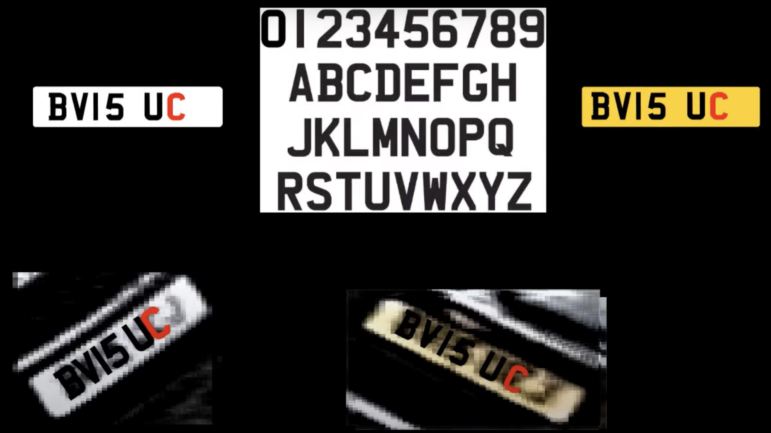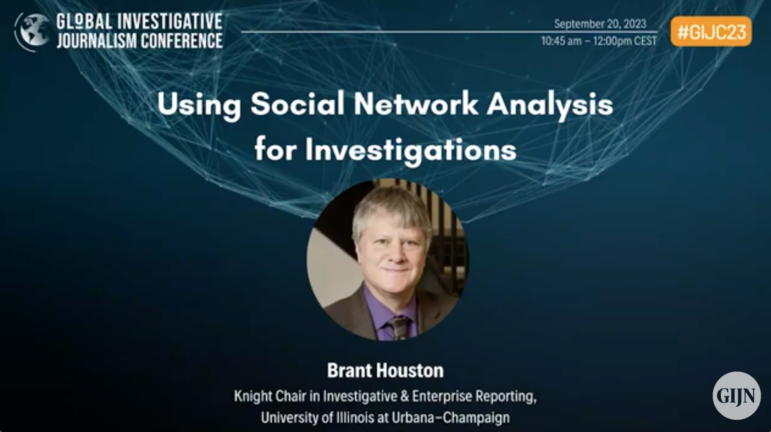
GIJC25
The Scam Supply Chain: How to Uncover Transnational Fraud Operations
Scams now function as sprawling transnational criminal enterprises. But journalists can expose these networks by following inconsistencies, mapping operations, and collaborating across borders.








